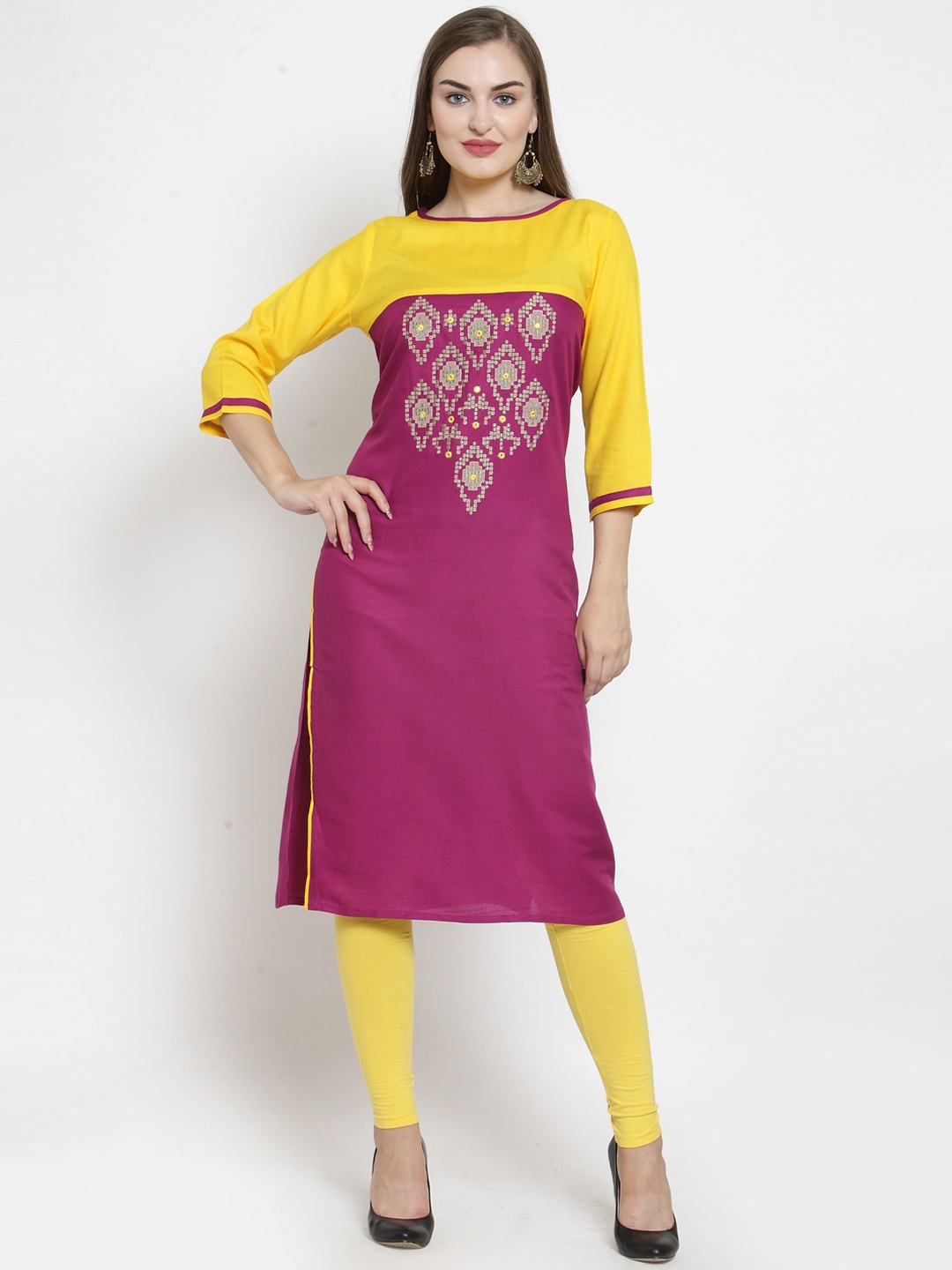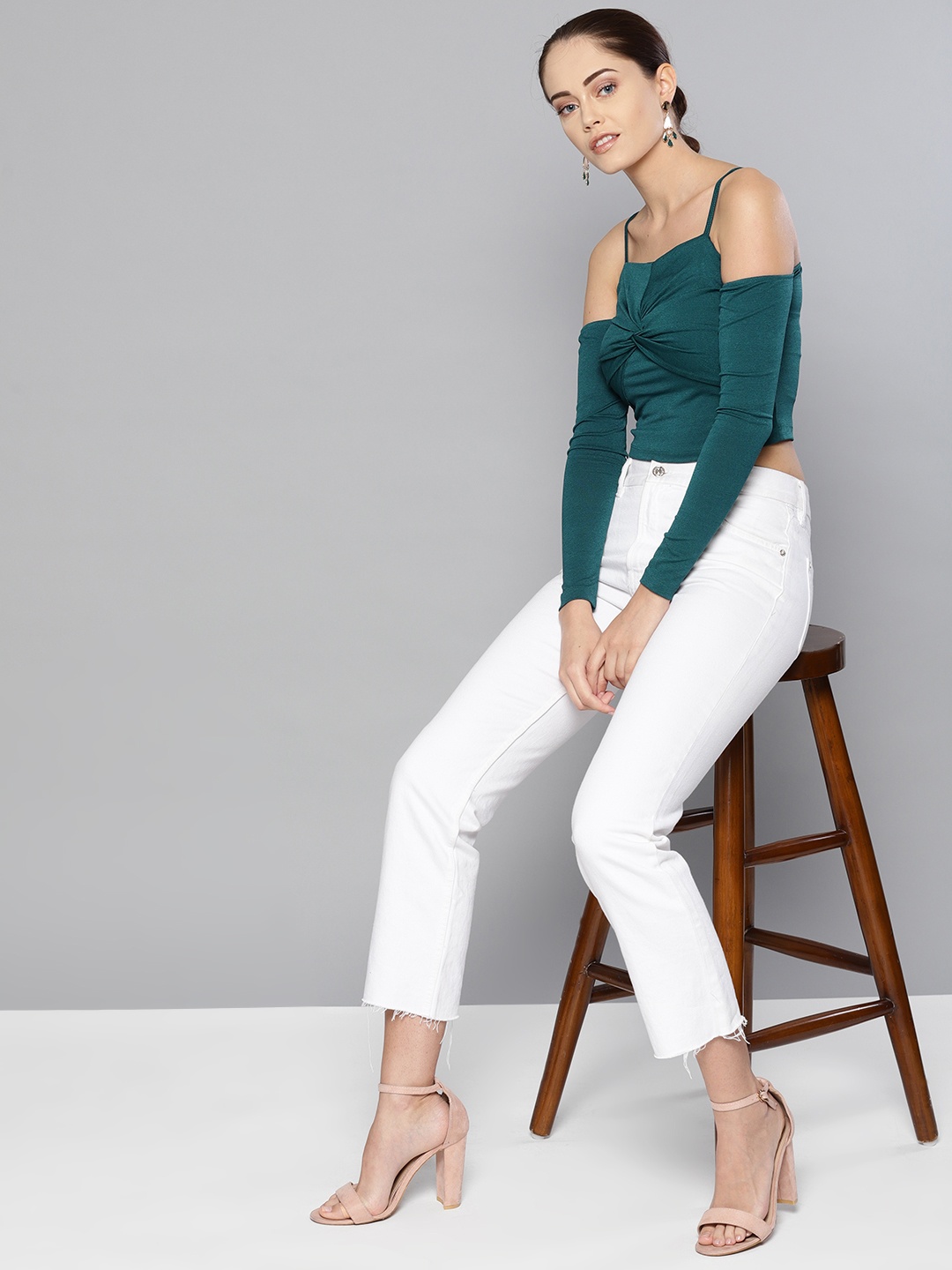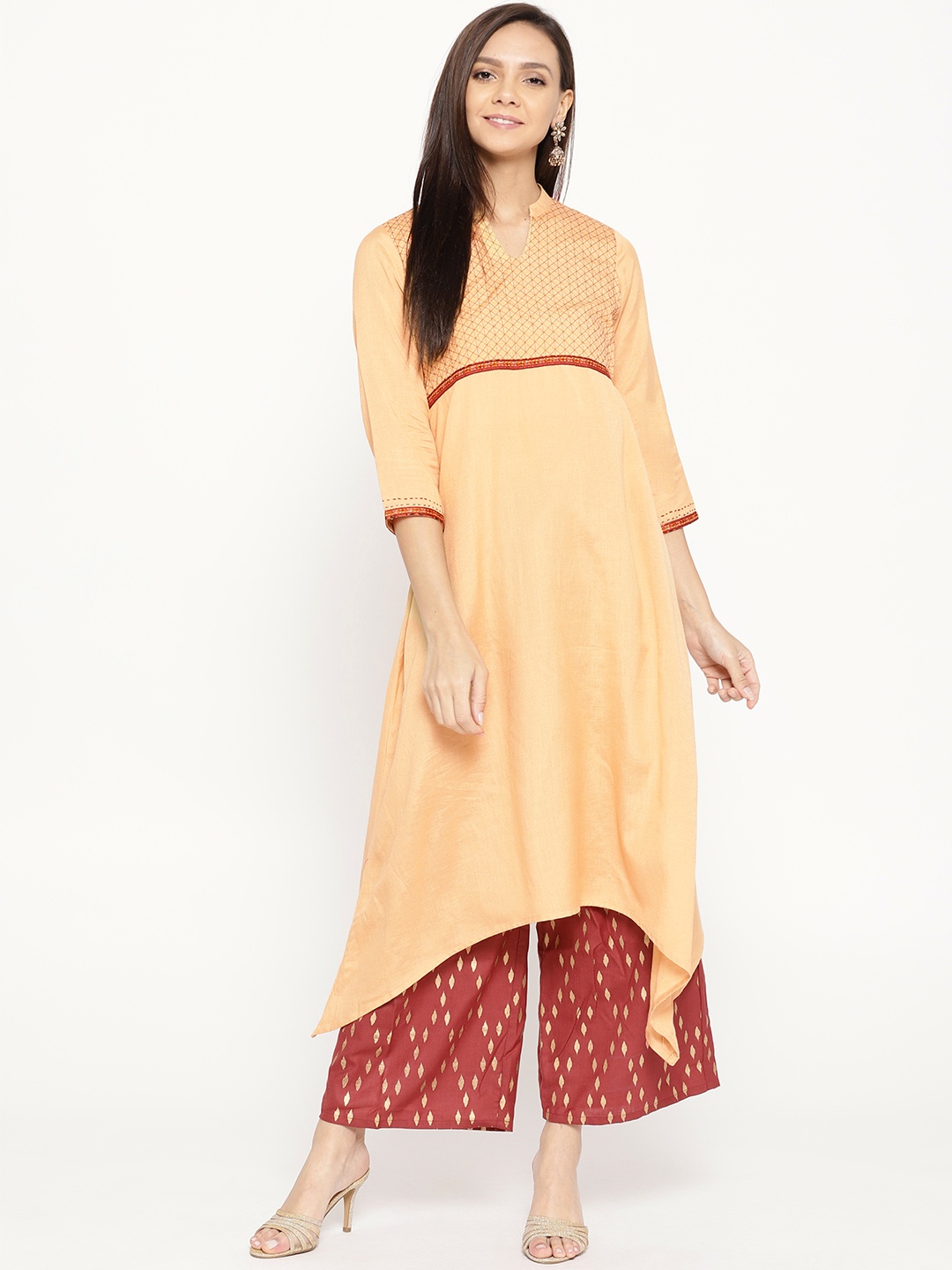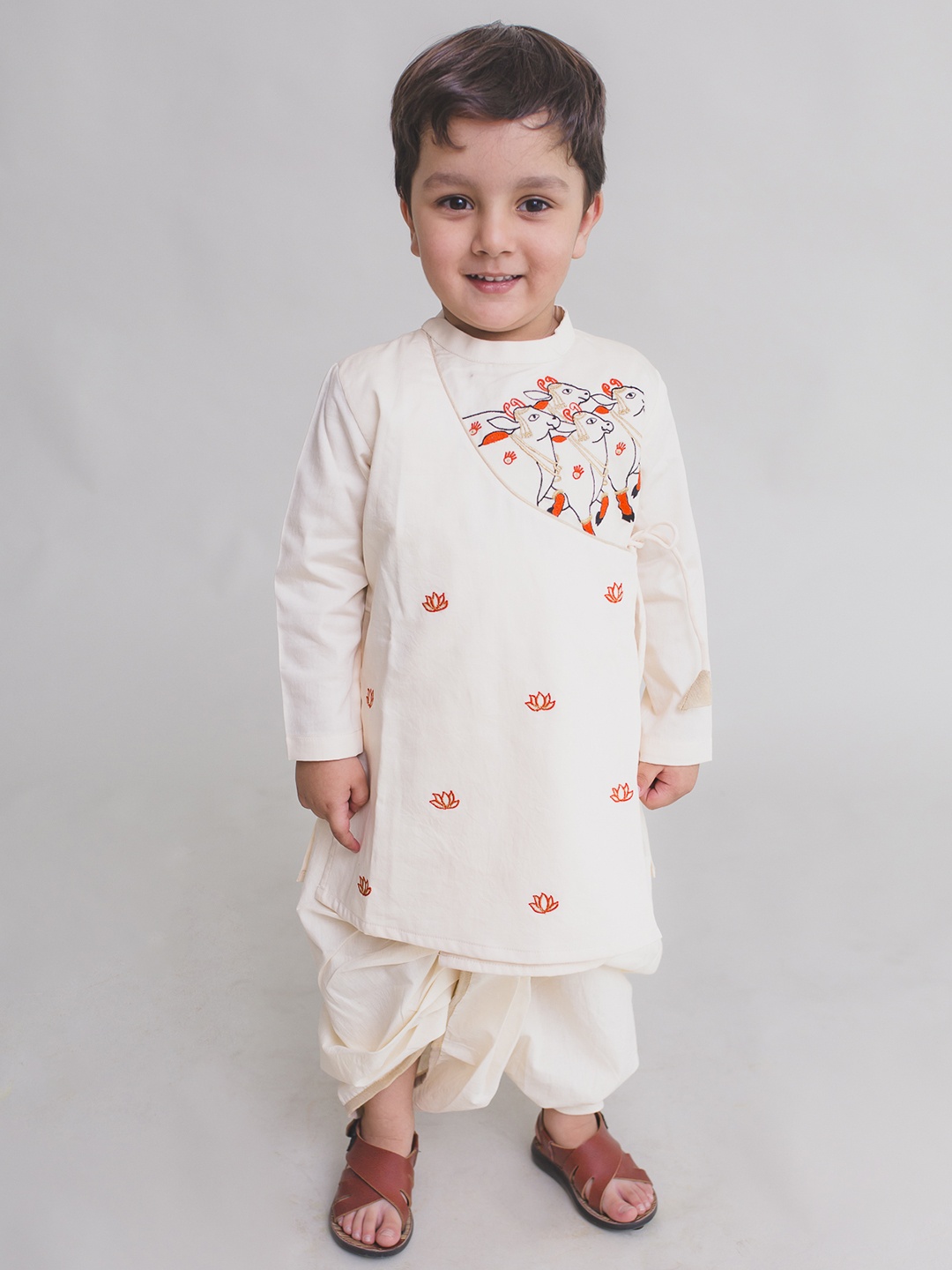Your Walking Shoes Harming You? Top 5 Signs To Look Out For
That favourite pair of walking shoes might not be doing you as much good as you think. While they may look stylish, there is a real chance they are quietly damaging your feet. This is how to spot the trouble before your steps lead to stumbles.

Protect Your Feet: Recognize The Top 5 Warning Signs Your Shoes Are Causing Damage
Walking is one of the simplest joys, no fancy gym memberships, no machines humming in the background, and no instructor shouting counts in your ear. Just you, the pavement, and a good pair of shoes. But what if that ‘good' pair is quietly betraying your trust? Most people spend months, even years, wearing the same pair of walking shoes without giving them a second glance. If they're not torn, why worry? That's the trap. Footwear issues rarely scream for attention. They whisper through discomfort, subtle aches, or a blister that keeps returning like an unwanted guest.
With busy routines, daily walks, morning park rounds, and weekend getaways, shoes become a constant companion. But just like a trusted auto-rickshaw can break down mid-ride, your shoes too can let you down when you least expect it. Here are the top 5 signs that your walking shoes might be harming you more than helping. Each one is a red flag that's worth listening to, because your feet deserve better than daily negotiations with pain.
Is Your Footwear Hurting You?: 5 Signs Your Walking Shoes Are Damaging Your Feet; Photo Credit: Pexels
1. Persistent Foot Pain That Lingers Beyond the Walk
Pain isn't just part of the process. Yes, it's common to feel a little sore after a long trek or a sudden burst of enthusiasm during your morning round in the colony park. But if there's a dull ache or sharp jab in the heel, arch, or toes that continues long after the walk ends, it's worth a closer look.
Footwear that lacks proper cushioning or arch support is often to blame. The heel might be too hard, or the insole may have worn thin over time. People often keep using shoes that ‘look fine', not realising the internal support system has collapsed.
Think of it like your old scooter: just because the body isn't scratched doesn't mean the engine is doing well. If every walk ends in discomfort, it's your body's way of sounding the alarm. And no, popping a painkiller or applying moov gel isn't a solution, it's a temporary escape. Reassess those shoes. They may be doing more damage than the extra samosa you indulged in last evening.
2. Blisters and Corns Playing Peekaboo
When new shoes bite, we call it 'breaking them in.' But if every pair leaves its mark, literally, then something is off. Frequent blisters, calluses, or corns are not just part and parcel of walking. They're often signs that your shoes are either too tight, too loose, or made from materials that don't breathe.
Improper fit causes constant rubbing, especially around the heel and toes. Over time, this friction becomes a breeding ground for painful blisters and hard skin. Some people even start keeping band-aids in their wallets, right next to their ATM cards, just in case.
In humid weather, which blesses most parts of the country for months on end, poor ventilation in shoes causes sweat to linger. Combine that with friction and you've got the perfect storm for skin trouble.
A well-fitting shoe should feel like a hug, not a wrestling match. And no, socks alone can't save the day if your shoes are on the wrong side of comfort.
3. Uneven Wear on Soles: The Tale Your Shoes Tell
Have a look at the soles of your walking shoes, really look at them. If one side is worn down more than the other, it's not just about how you walk, it could also mean your shoes are working against you.
Over time, worn-out soles fail to provide balance and stability. This not only affects your posture but puts extra strain on your knees and back. Imagine carrying groceries from the local market with a wobbly wheel on your trolley, everything starts to feel off.
Uneven wear usually points to either poor quality soles or shoes that don't suit your gait. Some people roll their feet inward (overpronation), others roll them outward (underpronation), and good shoes are meant to help correct these natural tendencies, not make them worse.
Ignore this, and you may end up spending more on physiotherapy than you ever did on the shoes themselves.
Also Read: Adidas And Puma Casual Shoes' Prices Drop To New Low, Just Check Myntra End Of Reason Sale
4. Knee, Hip or Lower Back Pain Creeping In
A good pair of walking shoes doesn't just support your feet, they're the foundation for your entire posture. When shoes lack proper support, your walking style compensates in odd ways. That compensation travels upwards, first the knees start aching, then the hips, and eventually, your back joins the rebellion.
You may think it's age, the bad office chair, or that extra chore of mopping the floor on weekends. But if you trace it back, it could be your shoes silently causing a chain reaction of discomfort.
In cities where walking is still a major part of daily life, getting to the bus stop, climbing stairs in the metro, dodging potholes on morning walks, every step counts. Bad shoes force your body to work harder just to stay upright.
And let's be honest, after thirty, most people already wake up with random clicks and cracks. Don't let your shoes add to the chorus.
5. Shoes That Feel Flat, Even If They Don't Look It
Ever stepped into your trusty pair only to feel… nothing? No bounce, no support, just a flat thud with every step? That's not nostalgia, it's wear and tear.
Over time, even the best shoes lose their inner cushioning. They might still look brand new, clean laces, intact soles, fresh upper, but inside, the shock absorption has retired early. The result? Every step begins to feel like walking on concrete barefoot.
When the insole no longer absorbs impact, the pressure shifts to your joints and muscles. It's like trying to drink a masala chai that looks hot but has lost its flavour. Appearance can be misleading.
This is especially risky for those who walk regularly for health reasons. Instead of benefiting your body, you may end up developing long-term strain, undoing months of good intention with each step.
Beyond Discomfort: 5 Critical Warning Signs Your Walking Shoes Are Damaging Your Feet; Photo Credit: Pexels
6. Numbness or Tingling During or After Walks
Pins and needles shouldn't be part of your walking ritual. If you frequently feel numbness, tingling, or a burning sensation during or after your stroll, it's a sign that something's pressing where it shouldn't.
Shoes that are too tight, especially around the forefoot or heel, can compress nerves and restrict blood flow. Sometimes, it's not the tightness but the poor structure of the sole causing pressure on specific points.
You don't need to be an athlete to experience nerve compression. Daily walkers, especially those covering 5,000+ steps a day, are just as vulnerable.
And let's face it, most people don't even untie their laces properly. They just slide their feet in and stomp on the heel to fit in faster. Over time, that laziness leads to warped shapes and tight spots. Little habits, big consequences.
7. Your Feet Always Feel Tired, Even After Rest
Ever sit down after a walk, take off your shoes, stretch your toes, and still feel like your feet ran a marathon? That lingering fatigue isn't just age catching up. It's usually a sign that your shoes aren't offering enough support or cushioning for your walking style.
Continuous fatigue means your feet are overcompensating. Perhaps the arch is not supported, or the sole doesn't cushion your stride. This might not seem like a big deal at first, but over months, it starts affecting your stamina and overall mobility.
Especially for those who walk as a daily wellness habit, it's vital to choose shoes that support energy return. Your footwear should help you bounce back, not drag you down. If every walk ends with you craving a foot massage more than your morning tea, it's time to rethink your footwear game.
8. You've Been Using Them for Over a Year (or 800 km!)
Most people change smartphones more often than shoes. But unlike electronics, shoes don't show visible signs of expiry. Yet, most walking shoes have a lifespan, usually around 500 to 800 kilometres. For someone who walks 3 km daily, that's roughly 8–9 months.
Stretch that to a year or more, and the internal support begins to give way. The outer shell might still look acceptable, but the shoe's ability to protect your joints, support your gait, and absorb impact fades.
Think of it like the inner sponge in your kitchen, looks usable, but barely does the job. Continuing with old shoes is like relying on a torch with a dying battery, it might light the way, but not for long.
9. You've Started Avoiding Walks Without Realising Why
Subconsciously, the body starts associating discomfort with routine. If you've started skipping your evening rounds, finding excuses, or feeling reluctant to wear your walking shoes, it's not just laziness, it could be physical discomfort manifesting emotionally.
Many people don't realise that their mood around fitness changes when the experience becomes uncomfortable. A minor foot ache here, a twinge there, it all adds up. The problem may not be motivation, but the wrong pair of shoes turning joy into dread.
Your walking habit should feel like a pleasant routine, not a daily battle. Don't let bad footwear silently push you away from what's good for your health.
10. You Chose Style Over Substance (We've All Been There)
Let's admit it, everyone's picked shoes for their looks at some point. Maybe it matched your track pants, or maybe you liked the brand. But walking shoes need more than just aesthetic appeal.
A sleek design without proper grip, cushioning, or arch support is like a fancy thali that leaves you hungry. Looks great on Instagram, but won't get you through a full day's work.
Investing in a solid pair might feel expensive up front, good walking shoes often cost between ₹2,500–₹5,000, but it's worth every rupee. After all, a ₹4,000 pair that saves you doctor visits is better than a ₹1,200 one that ruins your spine.
Fashion is fun, but function should always come first when it comes to your feet.
Are Your Walking Shoes Damaging Your Feet? Top Warning Signs You Should Not Ignore; Photo Credit: Pexels
Products Related To This Article
1. Bata Mens Slipon Walking Shoe
2. Fusefit Mens Tramp 7.0 Walking Shoe
3. URJO Mens Men_boss Shoes
4. Fusefit Mens Tramp 4.0 Walking Shoe
5. ATHCO Mens Austin Memory Foam Comfort Shoes\
6. Boldfit Casual Shoes for Man & Woman Walking Shoes for Men Soft Cushion Casual Shoes for Men for Regular Wear Mens Shoes Without Lace Shoes for Men & Women for Walking, Jogging Men Shoes
7. DOCTOR EXTRA SOFT Men's Sports Shoes with Memory Foam Cushioned Insole
Walking is one of the most underrated yet powerful ways to stay healthy. But the very thing meant to support this habit, your shoes, can sometimes do the exact opposite.
So take a few minutes today. Flip those shoes over, check their insides, recall how your feet have been feeling lately. A small change now can save you from a bigger issue later.
Because when it comes to walking, every step counts. And your feet, carrying the weight of your world, deserve nothing but the best. Now go on, give your shoes a check. They might just be trying to tell you something. Shop now on Amazon.
Disclaimer: The images used in this article are for illustration purpose only. They may not be an exact representation of the products, categories and brands listed in this article.




























